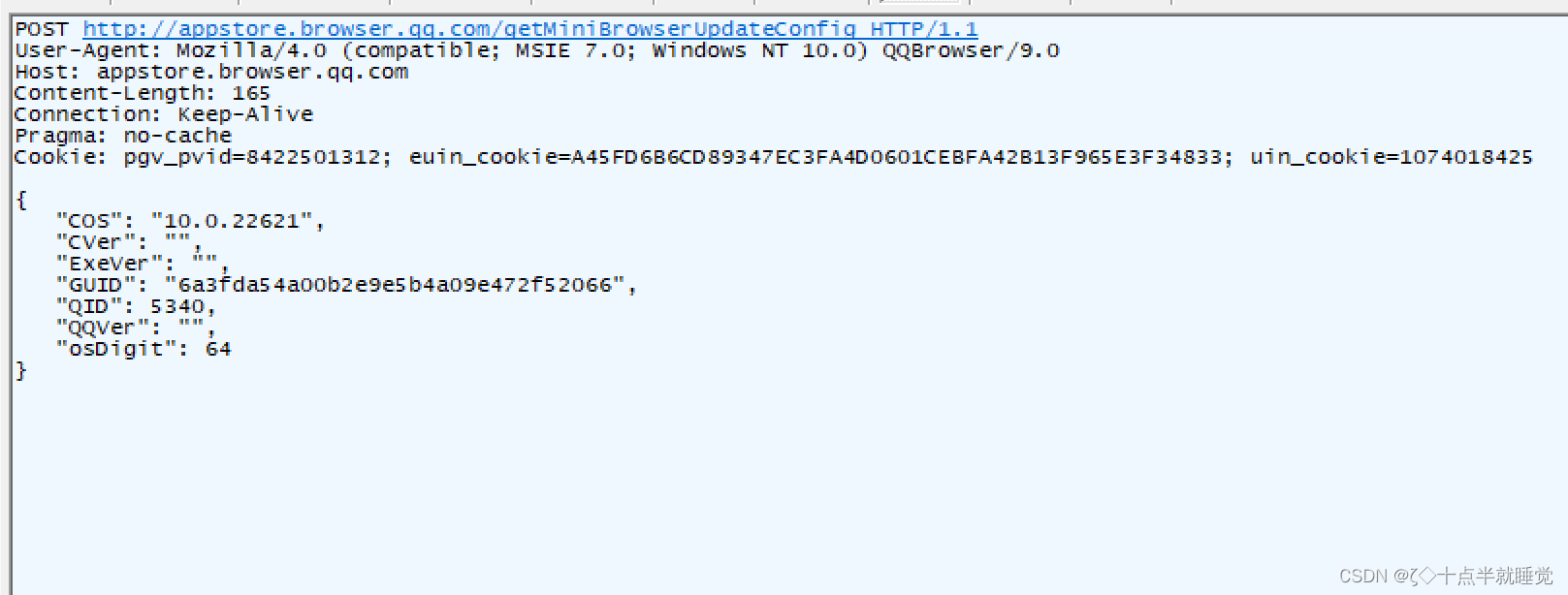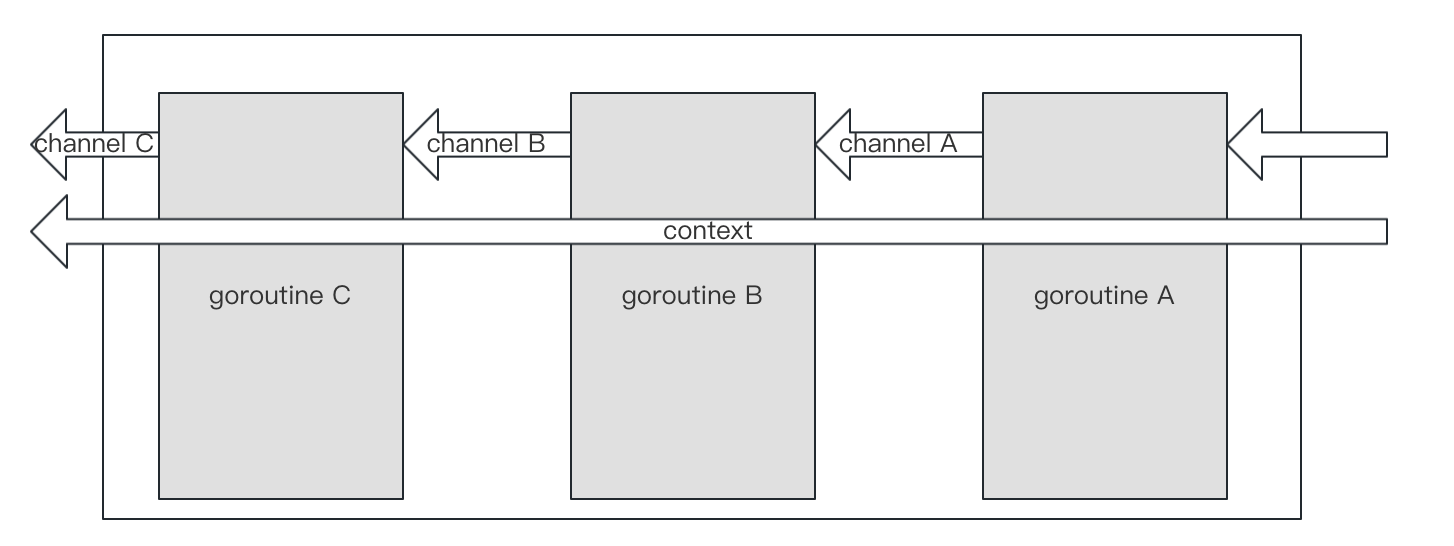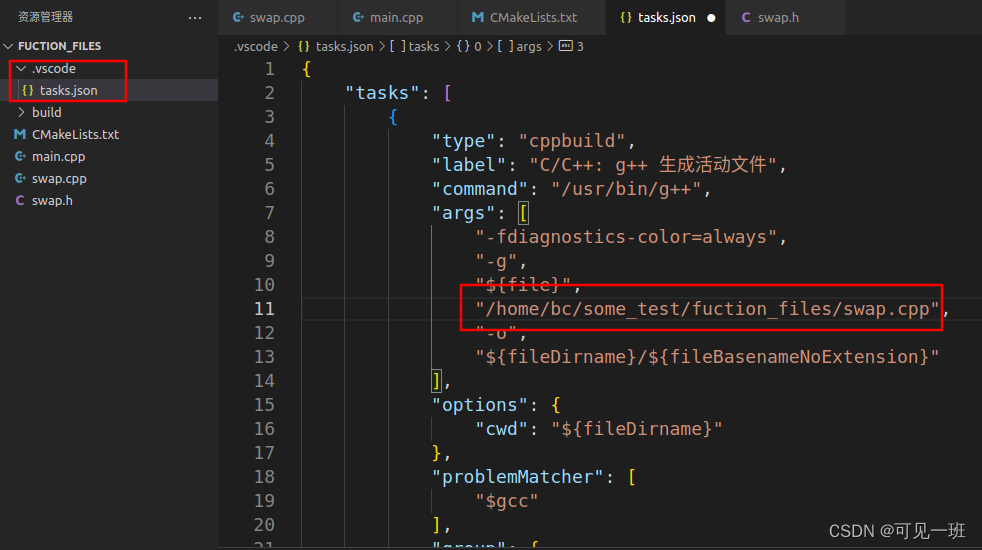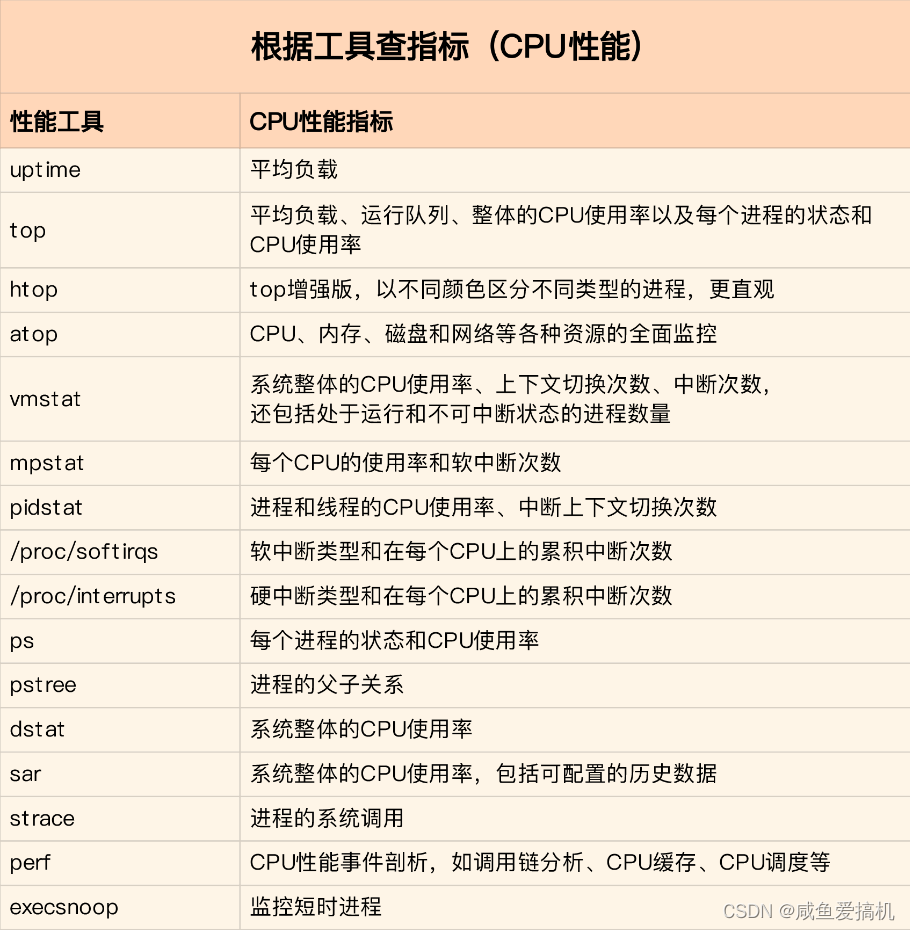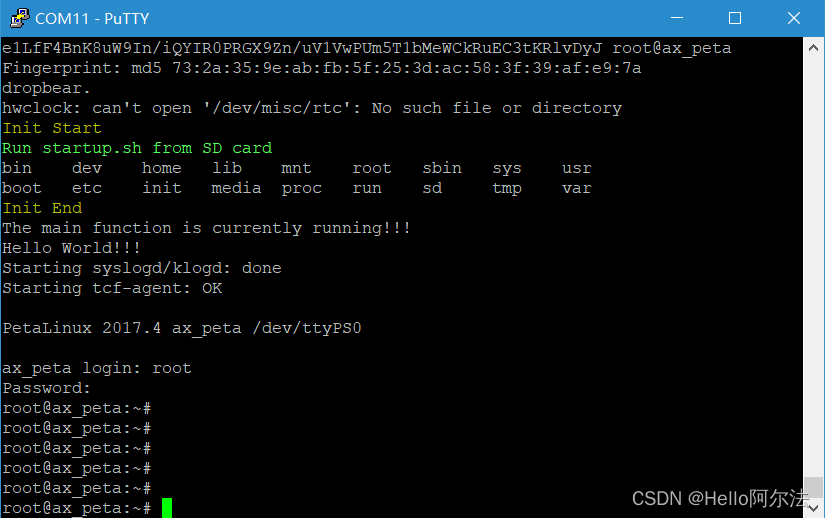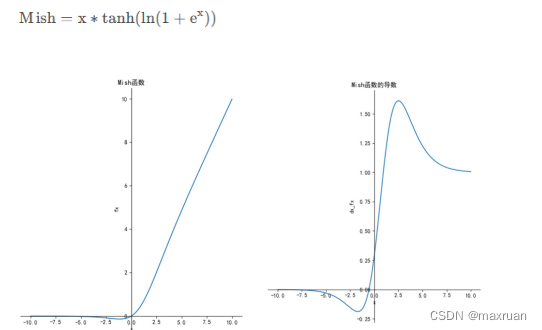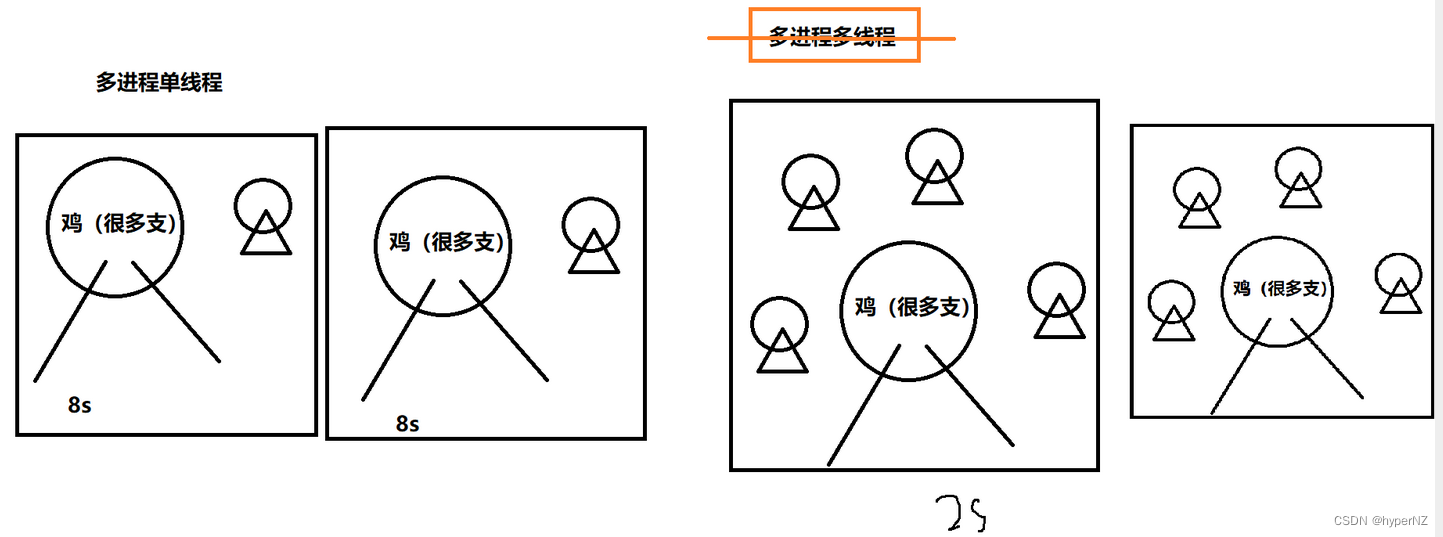1.什么是哈希表
- 哈希表又称为散列表,它是一种以键值对形式来存储数据的结构,只要输入待查找的key,就可以通过该key寻找到对应的值。对应函数:y = f(key)
- 通过把关键码映射到表中的对应位置来访问对应信息,来加快查找速度
- 哈希表用的是数据支持下标随机、访问数据的特性来实现的,所以说哈希表是数组的扩展,是由数组演化而成。
- 数据储存 可以通过 数组+链表 的方式来实现
- 哈希表示意图:

为什么要使用哈希表?
- 我们知道,在使用数据进行数据查找是,是从头来进行查询的,这样即查找的方式即慢,又不方便。但使用哈希表就可以提高检索速度,减少资源的消耗。
2.哈希表功能实现
| 哈希表中增加数据 | put(K key,V value) |
|---|---|
| 根据key获取对应的value | V get(K key) |
| 删除指定key的元素 | remove(K key) |
| 输出哈希表中所有元素 | show() |
(1)哈希表初始化

(2)新增哈希表中数据

(3)修改哈希表中指定key 的value

(4)删除哈希表中指定key的元素

(5)遍历输出哈希表中所有数据

3.哈希表代码实现
(1)整体代码实现
/**
* 哈希表实现
* @param <K>
* @param <V>
*/
public class HashTable<K,V> {
public static void main(String[] args) {
HashTable<Integer,String> hashTable = new HashTable<>();
hashTable.put(1,"李祥");
hashTable.put(2,"张三");
hashTable.put(3,"李四");
System.out.println("新增三个元素 :李祥,张三,李四");
System.out.println("打印当前哈希表:");
hashTable.show();
System.out.println("获取key为3的元素value:"+ hashTable.get(3));
System.out.println("修改key为3的元素value为 小李 :");
hashTable.put(3,"小李");
System.out.println("打印当前哈希表:");
hashTable.show();
System.out.println("删除key为2的元素:");
hashTable.remove(2);
hashTable.show();
}
/**
* 定义链表数组
*/
private final LinkedList<K,V>[] linkedArr;
/**
* 默认数组长度
*/
private final static int DEFAULT_LENGTH = 10;
/**
* 定义数组的容量
*/
public int maxSize;
/**
* 构造方法初始化
*/
public HashTable(){
//定义数组的最大长度
this.maxSize = DEFAULT_LENGTH;
//初始化数组
linkedArr = (LinkedList<K,V>[]) new LinkedList[maxSize];
//对数组中的每一条链表都要初始化
for(int i=0;i<maxSize;i++){
linkedArr[i]=new LinkedList<>();
}
}
/**
* put 元素
* @param key
* @param value
*/
public void put(K key,V value){
//key取hashcode根据数组长度取余获取index
int hashCode = key.hashCode();
int index =(hashCode % maxSize);
//把对应的课程 插入到对应的哈希表
Node<K, V> oldNode = linkedArr[index].get(key);
//如果当前key 不存在 则表示新增,如果key存在表示替换原有的value
if(oldNode==null){
//创建Node节点
Node<K,V> node = new Node<>(key,value);
linkedArr[index].add(node);
}else{
linkedArr[index].update(key,value);
}
}
/**
* 根据key值获取value
* @param key
* @return
*/
public V get(K key){
//获取数组的index
int hashCode = key.hashCode();
int index =(hashCode % maxSize);
//链表中查找key对应的value
Node<K, V> node = linkedArr[index].get(key);
return node.value;
}
/**
* 根据key值获取value
* @param key
* @return
*/
public void remove(K key){
//获取数组的index
int hashCode = key.hashCode();
int index =(hashCode % maxSize);
//链表中查找key对应的value
linkedArr[index].remove(key);
}
/**
* 输出当前哈希表中的所有元素
*/
public void show(){
List<String> showStr = new ArrayList<>();
for (int i = 0; i < linkedArr.length; i++) {
List<Node<K, V>> list = linkedArr[i].list();
for (Node<K, V> node : list) {
String strNode = "{key="+node.key+",value="+node.value+"}";
showStr.add(strNode);
}
}
System.out.println("["+String.join(",",showStr)+"]");
}
/**
* 链表存储数据
* @param <K>
* @param <V>
*/
class LinkedList<K,V>{
/**
* 定义头节点
*/
private Node<K,V> head;
/**
* 链表中增加数据
* @param course
*/
public void add(Node<K,V> data){
//如果说 head==null 把第一个元素加进去
if(head==null){
head=data;
return;
}
// 遍历添加
Node<K,V> cur=head;
while (cur.next != null) {
//跳出循环的条件
//找到最后一个节点
cur = cur.next;
}
cur.next=data;
}
/**
* 获取链表中全部数据
*/
public List<Node<K,V>> list(){
List<Node<K,V>> nodeList = new ArrayList<>();
if(head==null){
return nodeList;
}
//获取每一项加入到集合中
Node<K,V> cur=head;
while (true){
nodeList.add(cur);
if(cur.next==null){
break;
}
cur=cur.next;
}
return nodeList;
}
/**
* 根据key 获取对应的node
* @param key
* @return
*/
public Node<K,V> get(K key){
if(head==null){
return null;
}
//链表有课程 遍历输出 创建一个辅助指针
Node<K,V> cur=head;
while (!cur.key.equals(key)) {
cur = cur.next;
}
return cur;
}
/**
* 修改链表中的对应key的值
* @param key
* @param value
*/
public void update(K key, V value) {
//如果说 head==null,直接返回
if(head==null){
return;
}
//添加的不是第一门课程 遍历添加
Node<K,V> cur=head;
do {
if(cur.key.equals(key)){
cur.value = value;
break;
}
cur = cur.next;
}while(cur.next != null);
}
/**
* 删除对应key的node
* @param key
* @return
*/
public void remove(K key) {
//如果说 head==null,直接返回
if(head==null){
return;
}
//遍历查找到对应key的node节点
int x = 0;
Node<K,V> cur = head;
while(cur != null) {
x++;
if(cur.key.equals(key)){
break;
}
cur = cur.next;
}
//当 cur 为空或这cur.next为空时
if(cur==null||cur.next==null){
//判断寻找节点是不是只有一个元素
if(x == 1){
//只有一个元素时,将头节点改成null
head = null;
}else{
//当是最后一个元素时,找到当前节点的前一个元素,将前一个元素的next改成null
Node<K,V> prev = head;
while(prev.next!=null){
if (prev.next.key.equals(key)){
break;
}
prev = prev.next;
}
prev.next=null;
}
return;
}
cur.key = cur.next.key;
cur.value = cur.next.value;
cur.next = cur.next.next;
}
}
class Node<K,V>{
/**
* 定义数据
*/
public V value;
/**
* 定义key
*/
public K key;
/**
* 定义下一个节点的
*/
public Node<K,V> next;
public Node(K key,V value) {
this.value = value;
this.key = key;
}
}
}
(2)代码测试




